When aspiring photographers look at stunning photos, they assume that if ONLY they can get their hands on proper landscape photography equipment, they could capture these photos. So one of the most frequently asked questions is:
What kind of landscape photography equipment is needed to capture photos like these?
My Own Life Lessons
It seems that everyone assumes that having the right kind of landscape photography equipment is needed to get started. And why not? There is nothing more thrilling then to hold that brand new Sony a7r4 in your hands… right? Not really.
The truth is that this is exactly what I assumed when I got started back in 2001. Armed with $5000 worth of landscape photography equipment, I was convinced that I was on the right track for getting some great shots of the Olympic Peninsula.
Then the reality hit home… I found out that I lacked the photography skills to capture great photos.
After this embarrassing episode, I decided to study up on the technical skills. I learned about aperture, shutter speed, filters, manual exposure, ISO, and Liveview. In two years, I was able to use every mode and function for which my camera was capable. Armed with my newfound mastery of the technical skills, I was once again ready to capture photos that were going to make everyone say “WOW“. Or at least that is what I thought when I went back to Olympic National Park. Once again I was reminded that I had quite a bit of learning to do.
I soon discovered that every landscape photo is different. Sometimes the challenge is to get the correct exposure, sometimes you have to overcome drought, sometimes you need to creatively focus on your subject, and other times you simply need to put yourself in the right place at the right time.
The Top Three Required Skills
Spending money to acquire new photography equipment will NOT make you a better landscape photographer. To master the art of landscape photography, you must think creatively and acquire technical skills. The following are the top three skills you need to become a successful landscape photographer.
#1 – Master Camera Exposure
When you see an landscape photo like the one below, you can almost step right into the scene. The image conveys much to the viewer, such as feeling the waterfall spray on one’s face. How can one capture such a natural looking image of this spectacular location? You can capture a photo like this with a single camera exposure but the secret is learning how to get your balance right in landscape photography.
Although I positioned myself to catch sunrise over St. Mary’s lake, the dynamic range was so great that it was impossible to capture the shot in-camera without using a graduate neutral density filter (GND filter). I had to use a 3-stop soft GND filter to capture this spectacular photo from Glacier National Park. Another way to capture a photo like this is to use use manual or high speed bracketing mode build into your camera.
#2 – Learn to Capture Photos in Sharp Focus
When you look at the extreme tonal range in the following image of Death Valley, you may assume that it also required bracketing. Not only was this image captured in a single camera exposure, but the majority of the processing was done in RAW Converter (only a few small local post-processing adjustments were needed in Photoshop). The challenge in capturing this particular image was getting everything sharply in focus in the middle of 35 mph wind with blowing sand. To succeed, I used protective gear for my camera and the hyper focal distance principle to set my focusing point.
While using hyper focal distance concept seems quite simple, it is a topic that could be discussed among a group of photographers for hours upon hours. If you’re making the jump into landscape photography, mastering focus is one of the best places to start.
#3 – Know the Art of Photography Composition
I shot the photos below at a very well-known place called Schwabacher Landing in Grand Tetons National Park. When I shot these photos, there were several other photographers at the same location photographing under the same conditions. All of them were concentrating on photographing the typical scene.
However, the conditions on that particular morning were nothing special. So, instead of concentrating on the typical scene of the mountains, I turned my attention to the direction of the sunrise where the contrast between the deep blue skies and the back-lit mist captivated me. By simply choosing a different composition, I was able to create a stunning image from a rather ordinary looking sunrise over Grand Tetons.
#4 – Develop Creativity
When I finally returned to Olympic National Park in 2010, I was able to capture the sea anemone image that I love (image below). And I was able to do it by using creativity.
One of the biggest challenges that you will face when photographing a sea anemone is that you have to find a subject that is not full of sand… and that can be an impossible task. So, I improvised and used a water bottle filled with sea water to create a current in the tide pool that washed away the sand from the sea anemone.
As you can see from the examples above, getting it right in camera is about more than having the latest photography equipment. It’s about putting yourself in the right place at the right time and then using local knowledge, key composition strategies, essential camera skills, and a good dose of creativity to overcome the ever-changing conditions of nature.
Myth of the Latest Photography Equipment
Let me start out by saying. Every single photo you see in this article was taken with a 10+ year old camera.
Yep. It’s true. And to be honest, I cannot recall opening the box of my brand new Canon D30 (yeah that 3MP dinosaur), but I will definitely remember how I felt when I captured the sunrise over St. Mary’s lake at Glacier National Park shown in the previous image.
So if I had to do this all over again, would I have spend $5000 on that brand new camera that I did not know how to use?
Not a chance!
I would have purchased a more affordable camera with a kit lens and a tripod and put rest of the money toward towards learning how to capture great images and then creating memorable experiences of being outside in some of the most beautiful places in the world. After all, what is better than learning new stuff and making mistakes while watching the sea lions on a remote beach in New Zealand? Or photographing lava dropping into the ocean? Or bumping into a sea turtle at the beach?
So what would you do if you had $5000 to spend on landscape photography? Feel free to leave your comments below.
Visual Wilderness https://ift.tt/2T2jzKl
Sourced by Time Trap Photography sharing the best photography tips, news and tricks throughout the industry. Time Trap Photography is dedicated to freezing those special moments in life that can be revisited and admired for generations to come. - Shannon Bourque
Please visit our main site for booking availability and rates.

Receive valuable industry knowledge delivered free to your email each day.


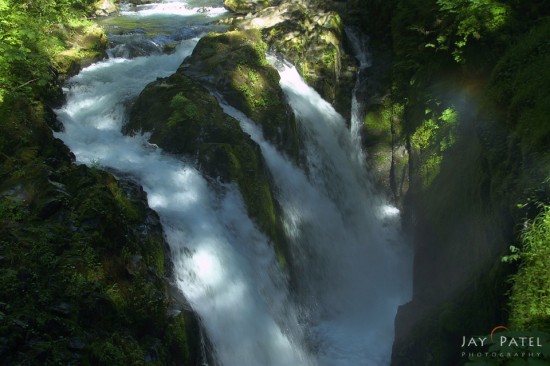
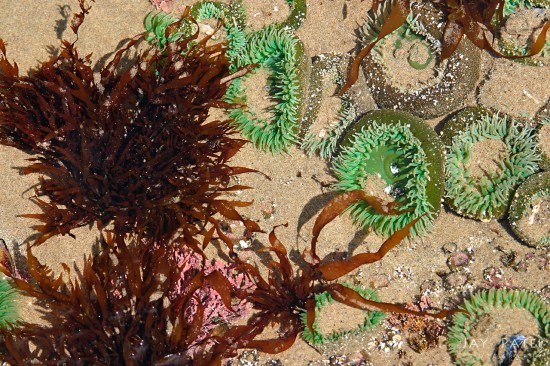
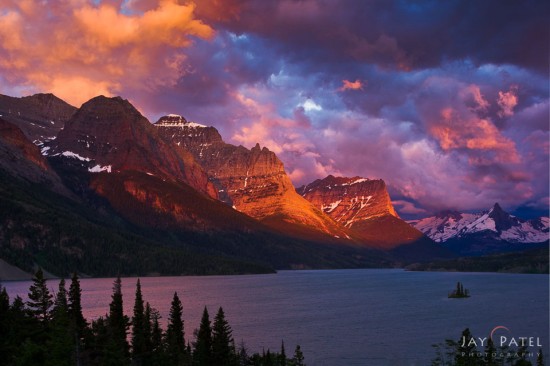
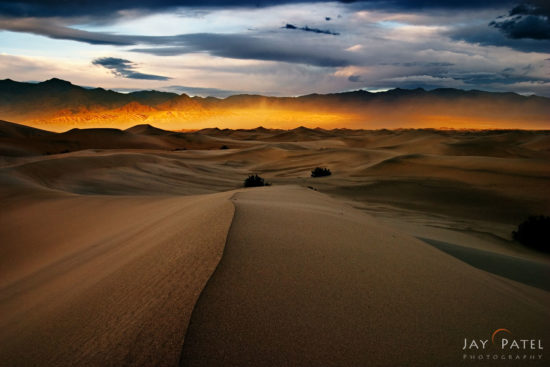
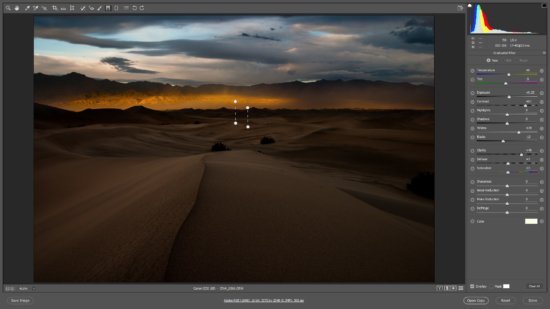
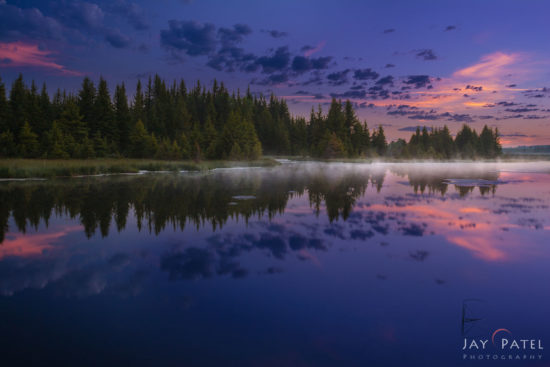
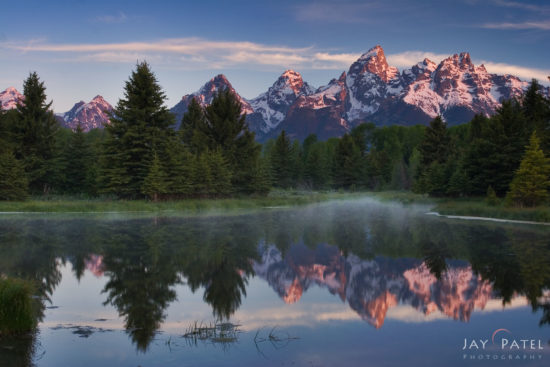
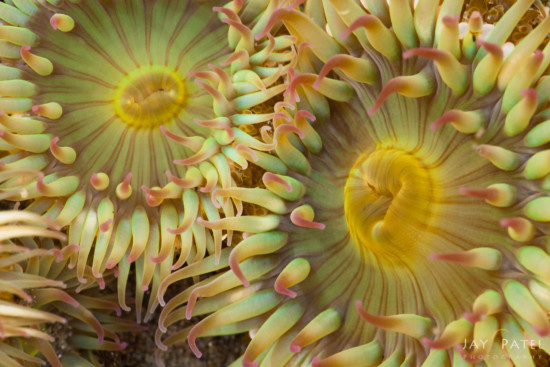





No comments:
Post a Comment
Thank you so much for your comment. A moderator will review and approve all relevant posts. We appreciate your support and encourage you to stay with us by subscribing to our email updates. Where you can easily pick and choose what photography subjects interests you. Subscription link: http://bit.ly/photo-sub